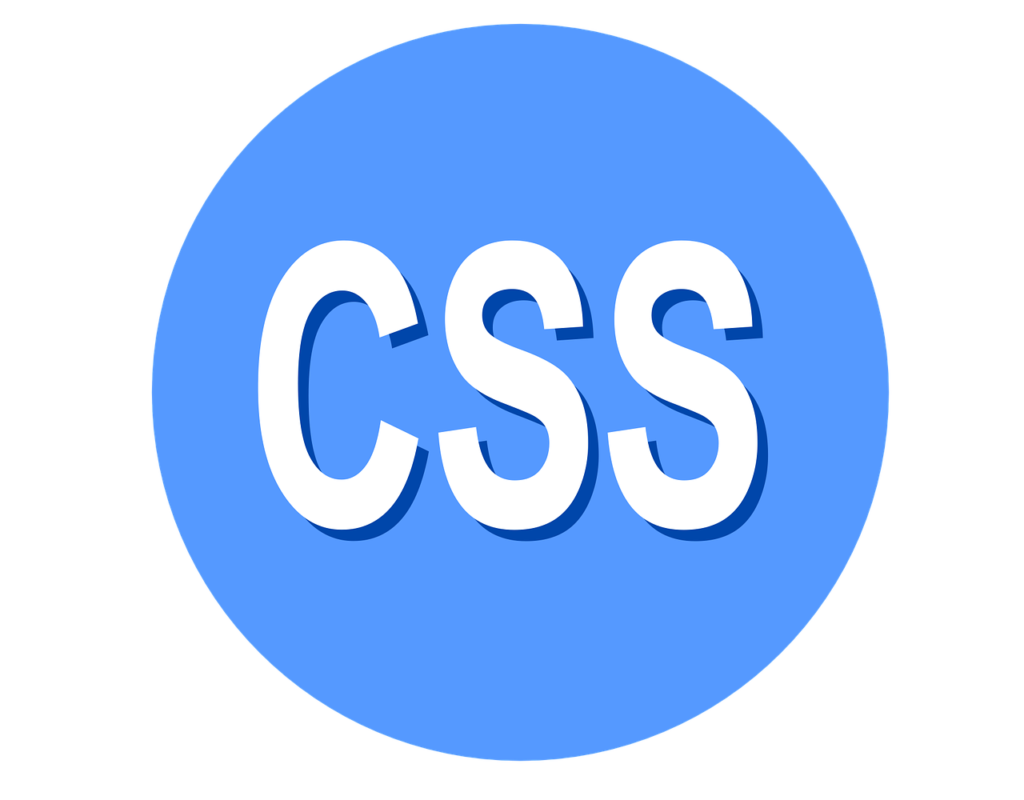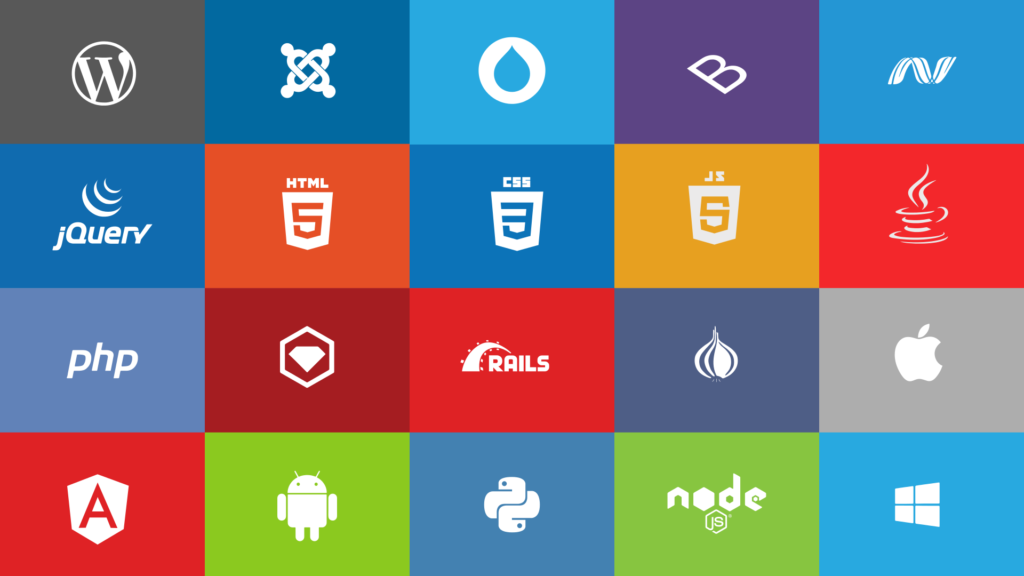What is css – css, or cascading style sheets, is an acronym. Css is a well-liked language for altering, formatting, and creating digital web information for posts, paragraphs, and other parts of html. Then, css is used solely. when formatting and editing a website’s header, body, footer, section, right sidebar, left sidebar, and specific section, heading, as well as the content of any website, blog, or e-commerce store, requires more than just css. You can radically alter the appearance of your current dull website with css. You can control the appearance and functionality of your live website with css. Additionally, you can choose how your website will be shown locally, globally, and online by using css. Css can be written directly inside the html tags. Or you can import it into any web page from an external css source. After constructing an html website, css is used. when a specific website section needs to be edited and customized especially. css then becomes a crucial web tool for us.

Css was created by the world wide web consortium (w3c) organisation first. The date of its initial commercial release was december 17, 1996. Following this, improvements are gradually being made over time to the css version and structure.
css allows us to modify any website’s default styles and layout commercially. In which the paragraph, heading, text, font, font size, and font colour of the default webpage are increased and decreased. Any heading, text, or background can be changed to a different colour. Multiple html website attributes are displayed on the home page and all subsequent pages when the complete header, body, and footer portions of a single website are divided into several independent components.
Note – always keep in mind to execute any css web script or file you create. Save it as a .ccs file on your hard drive. Your file will be linked to the widely used css format when it has the .ccs file extension.

Css features.
- The heading, paragraph, font, font size, font colour, body background, body image, etc. may all be changed entirely using cascading style sheet.
- The amount of space between html paragraph parts, the size of each paragraph, the size of the front-page column layout, and the section can all be altered as needed.
- The default html page of the live website can have its complete layout, styles, and formatting changed to be more commercial.
- Any website’s table or website page object background can be instantly altered in terms of colour, font size, paragraph border, height, and width.
- Any html website may easily use css script.
Css pros & cons
cascading style sheet pros.
- You may swiftly make modifications to any part of a website with css.
- The css code or selector is crucial in making the website dynamic and appealing.
- Make any website you develop css-compatible across all platforms.
- Css is supported by many both new and outdated web browsers. and it improves the website’s user interface for visitors.
- With css, you may manage and regulate any specific html object throughout the entire page.
- With css, you may quickly alter or customise the default style, look, presentation, and user behavior of a website.
cascading style sheet cons.
- Css implementation becomes challenging in many cross-platform web browsers.
- There are numerous css versions included here, and occasionally, outdated versions cause problems with newer versions of css.
- You must manually check your web browser to see if all applied css is correct. whether the specific css you applied is functioning correctly or not.
- In an html file, external css properties can occasionally fail to link. Additionally, it might be the result of human, machine, or cognitive error.
- Every css task is completed in html. However, this requires the usage of numerous lengthy html tags.
- Css writing requires more time and effort. Additionally, you must be well-versed in each of its syntaxes and logics.
Type of cascading style sheet.
- Inline css
- Internal css
- External css
Inline css – any existing html tag can be used with inline cascading style sheet. This is the benefit of utilizing this kind of css. Anywhere on the page of the live website, you may immediately add it or combine it with any tag. Inline css usage is also straightforward. However, any html file has can be used to apply extra inline cascading style sheet. As a result, your html tag becomes longer. and it also makes straightforward html tags more difficult.
Example of inline cascading style sheet.
<!DOCTYPE Html> <html> <body style="background-color:yellow;"> <h1 style="color:red;padding:50px;">welcome to the css world</h1> <p style="color:blue;">welcome to css tutorial at mit academys.</p> <p style="color:lime;">this is the example of inline css.</p> </body> </html>
Internal css – any html web page’s head section is where internal css can begin. <style> and </style> tags should be used to begin and end internal css the section that follows the html web page head section, respectively. Any specific html web page script portion, text, paragraph, body component, etc. can be manually or independently formatted or edited using this type of cascading style sheet.
Example of internal cascading style sheet.
<!DOCTYPE Html>
<html>
<head>
<style>
Body {
Background-color: black;
}
H1 {
Color: lime;
Padding: 10px;
Font-size: 70px;
}
P {
Text-align: center;
Color: red;
Font-size: 30px
}
</style>
</head>
<body>
<h1>inline css example</h1>
<p>welcome to mit academys.</p>
</body>
</html>
External css – you can save the external cascading style sheet file with a .css extension in any text editor and use all of that file’s properties, or just one external css file’s impact, to style the entire html document. Any css ide or notepad++ text editor is used to produce external css, which is then saved with the .css extension. Nearly all html file updates that are made to a web page are recorded in this file. And after the html <head> tag, you must need a link to or manually enter this external cascading style sheet.
Syntex of external cascading style sheet.
<link rel=”stylesheet” type=”text/css” href=”external.css” />
“external.css”
Body {
Background-color: black;
}
H2 {
Color: lime;
Margin-left: 50px;
}
P {
Text-align: center;
Color: red;
Font-size: 30px
}
Example of external css.
<!DOCTYPE Html>
<html>
<head>
<link rel=”stylesheet” type=”text/css” href=”external.css” />
</head>
<body>
<h1>external css example</h1>
<p>test with paragraph tag.</p>
</body>
</html>
Css in html – implementing cascading style sheet in html is known as css in html (hyper text markup language). Css and html are two entirely separate ideas. where creating and editing web pages uses html. The newly formed html web page’s default look and appearance are styled, formatted, edited, or changed using the same cascading style sheet.
Leading cascading style sheet editor.
Text base cascading style sheet editor.
- Notepad
- Notepad++
Graphical cascading style sheet ide editor.
- Atom
- Notepad++
- Visual studio code editor
- Bluefish editor
- Bracket
- Sublime text editor
- Linux, mac, android, any text editor




















































































































































Your point of view caught my eye and was very interesting. Thanks. I have a question for you. https://accounts.binance.com/cs/register?ref=RQUR4BEO